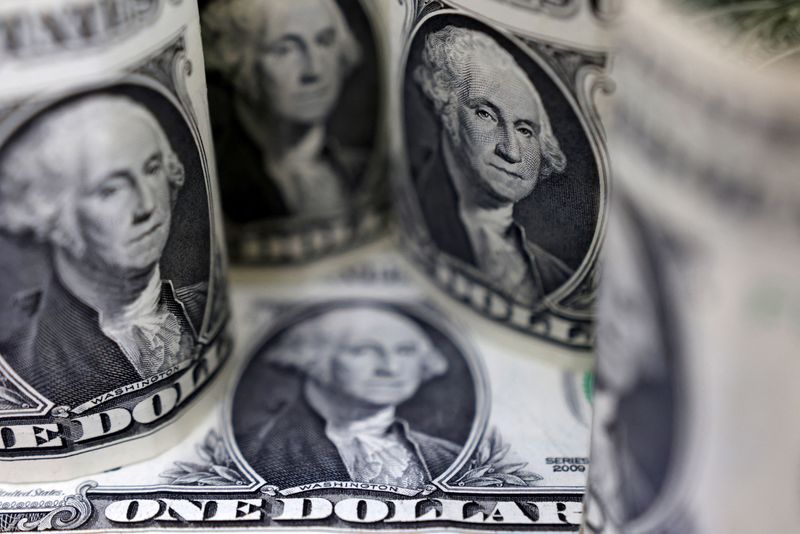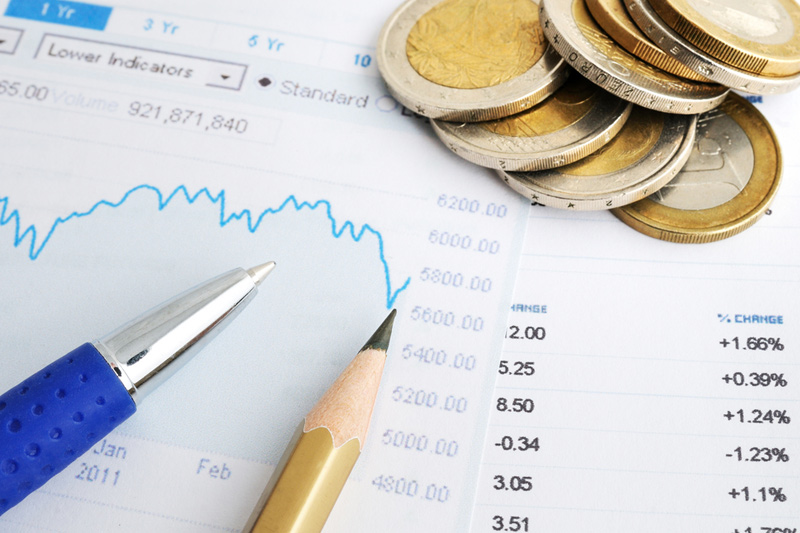Bridget Riley and Amanda Cooper
TOKYO/LONDON (Reuters) – The dollar held steady on Monday while the euro traded near more than one-month lows as political turmoil in Europe added to uncertainty among traders while investors awaited new data to gauge the strength of the U.S. economy .
Investors are mulling the risk of a fiscal crisis in the euro zone’s heartland as far-right and left-wing parties gain momentum ahead of early parliamentary elections in France, putting pressure on President Emmanuel Macron’s centrist administration.
Even after French financial markets suffered a brutal sell-off late last week, European Central Bank policymakers have no plans to discuss emergency purchases of French bonds, five sources told Reuters.
The euro was unchanged at $1.0713 after falling to its lowest level since May 1 at $1.06678 on Friday. Last week it also recorded its biggest weekly decline since April, at 0.88%.
“As traders want certainty, this may not happen until after the second round of voting (July 7), so the prospect of further weakness in French and EU markets is very real,” said Chris Weston, head of research at Pepperstone.
The index, which tracks the U.S. currency against a basket of six other currencies, was unchanged at 105.54, its highest since May 2, driven mainly by euro weakness.
The European single currency “accounts for about 57% of the weight, with the euro’s fall indirectly benefiting the dollar,” said Matt Simpson, senior market analyst at City Index.
Minneapolis Federal Reserve President Neel Kashkari said Sunday that a “reasonable forecast” is for the U.S. central bank to cut interest rates once this year and wait until December to do so.
Last week, the Fed released updated forecasts that showed the average forecast of all 19 U.S. central bankers was for a single cut in interest rates this year.
LIGHT WEEK FOR DATA
There’s little major U.S. economic data this week to help clarify the Fed’s outlook, although U.S. retail sales on Tuesday and flash PMIs on Friday could provide hints on consumption and economic strength.
“The data will likely deviate significantly from estimates to renew bets on more Fed cuts as the FOMC meeting is still fresh in investors’ minds,” City Index’s Simpson said.
Sterling fell 0.1% to $1.2671. Inflation pressures in Britain still appear too strong for the Bank of England to cut rates at its June 20 meeting, with most economists polled by Reuters forecasting the first cut would not occur until August 1 at the earliest.
Meanwhile, the yen remained near a 34-year low against the dollar after the Bank of Japan on Friday unveiled a cut in bond purchases and details of its plan to taper at its July policy meeting.
Gov. Kazuo Ueda has said he has not ruled out raising interest rates in July as the yen’s weakness drives up import costs, although that may not be the hawkish statement some have taken it to be, said Hiroyuki Machida, director of Japan’s foreign exchange and commodities sales department. . in Australia and New Zealand Banking Group (OTC:).
“The message was that raising rates and cutting them are two different things,” and the Bank of Japan would decide whether to do so or not based on different criteria, he said.
The yen weakened slightly to trade at 157.765 after falling to 158.26 following Friday’s decision, its weakest since April 29.

The yen’s fall to 160.245 per dollar in late April triggered several rounds of official Japanese intervention totaling 9.79 trillion yen.
In cryptocurrencies, Bitcoin fell 1% to $65,794 and Ether fell 2% to $3,524, according to LSEG.


